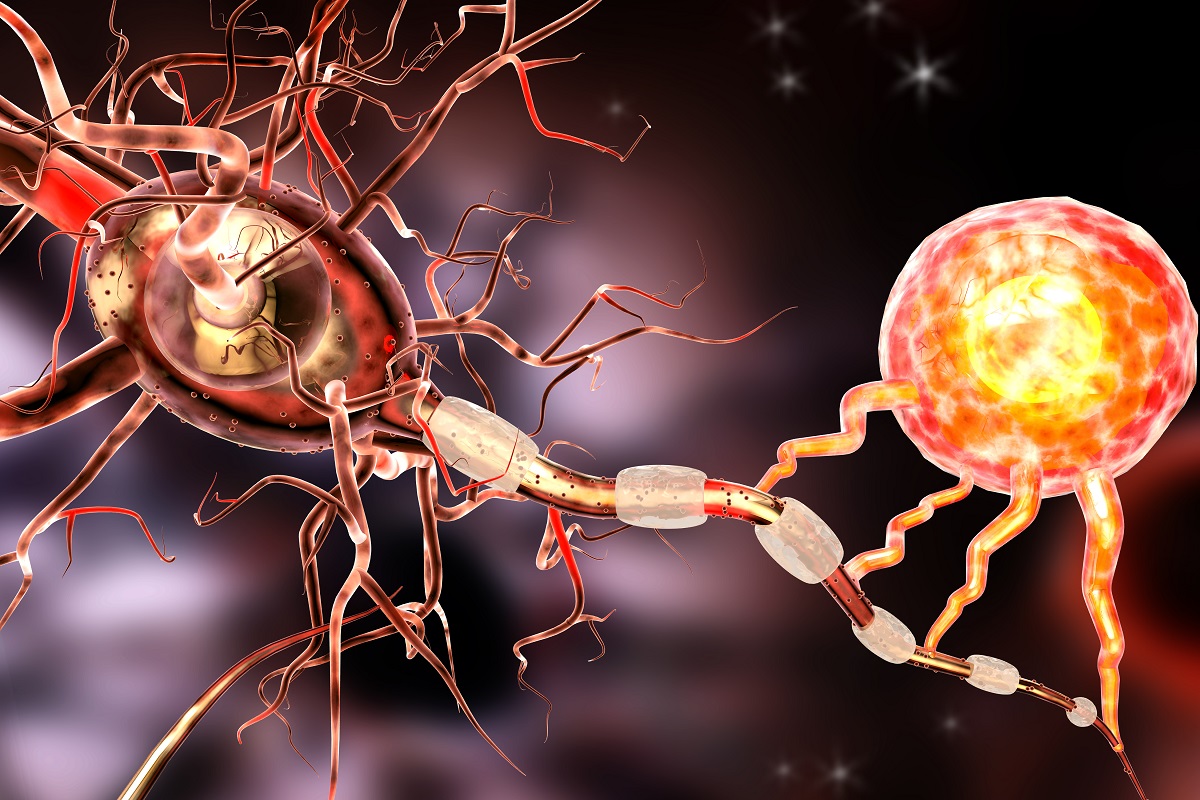KEY TAKEAWAYS
- The study aimed to introduce a novel guide for improving the safety and efficacy of RFA for thyroid nodules.
- The guide significantly enhances safety, accuracy, and efficiency in thyroid nodule ablation.
Thyroid nodules are prevalent, detected by ultrasonography in up to 67% of individuals. Current surgical practice recommends lobectomy for large symptomatic benign nodules or autonomously functioning nodules, which carries risks such as hypothyroidism and recurrent laryngeal nerve injury, even in high-volume centers. The management of these nodules is especially critical in patients with head and neck cancer.
Leba M Sarkis and the team aimed to propose the use of a novel guide for performing radiofrequency ablation (RFA) of thyroid nodules in clinical practice, utilizing the established moving shot technique to enhance safety and efficacy.
Researchers proposed an RFA technique that uses a 10 MHz linear ultrasound probe connected to an 18G guide for clear visualization. This setup allowed accurate alignment of a 7 cm or 10 cm radiofrequency probe tip (STARmed, Seoul, Korea) with the trans-isthmic moving shot technique.
The results indicated that the 18G radiofrequency probe guide (CIVCO Infiniti Plus™ Needle Guide) helps align the probe within a cross-sectional area of up to 28cm². This alignment ensures that the RFA treatment effectively and ultimately ablates targeted areas of thyroid nodules.
The study concluded that the novel radiofrequency probe guide enhances thyroid nodule ablation’s safety, accuracy, and efficiency. It improves visualization of the probe tip and represents a valuable tool for clinicians performing RFA of thyroid nodules.
The study received no funding.
Source: https://pubmed.ncbi.nlm.nih.gov/39114289/
Sarkis LM, Higgins K, Enepekides D, et al. (2024). “A novel guided approach to radiofrequency ablation of thyroid nodules: the Toronto Sunnybrook experience.” Front Endocrinol (Lausanne). 2024 Jul 24;15:1402605. doi: 10.3389/fendo.2024.1402605. PMID: 39114289; PMCID: PMC11303206.



